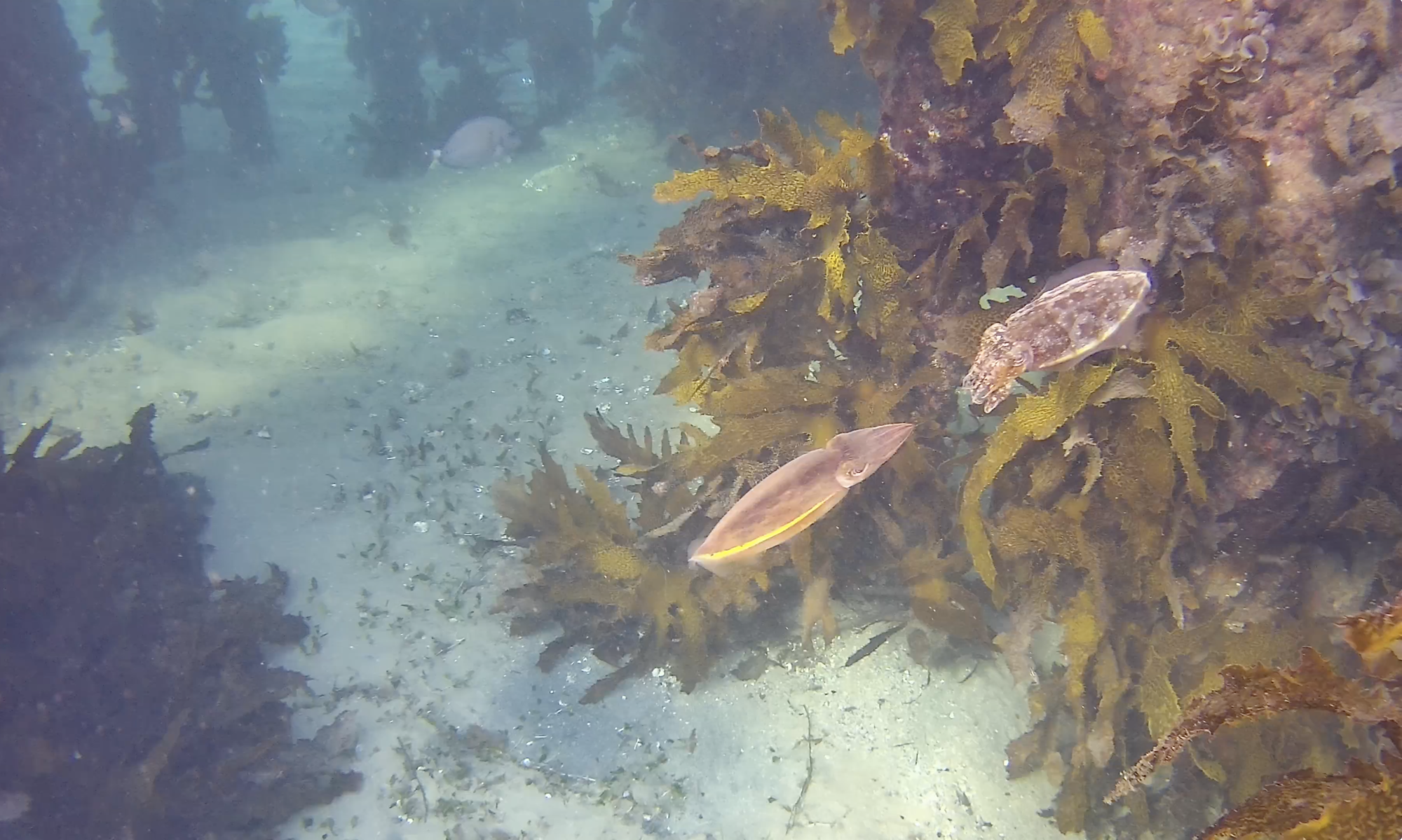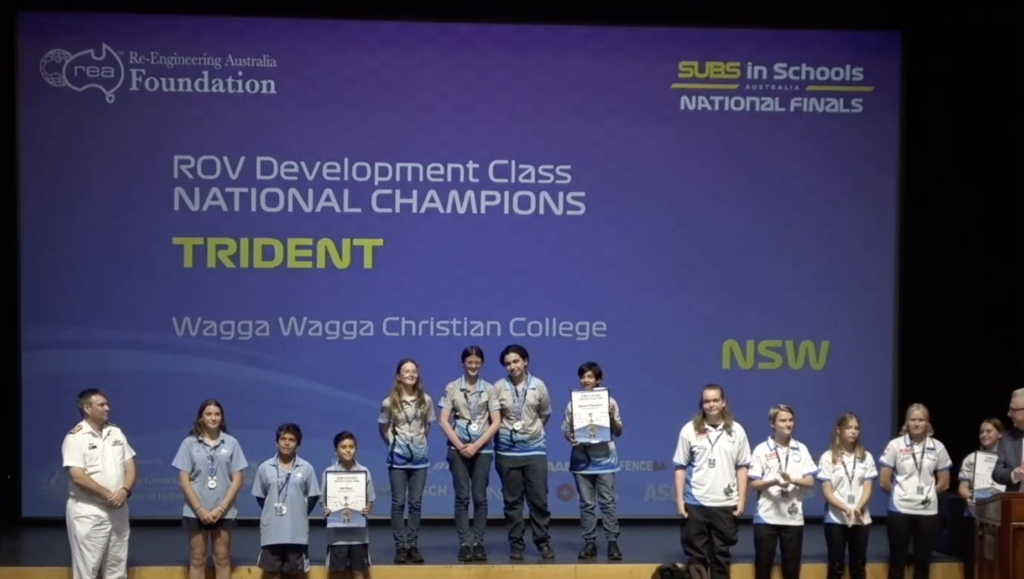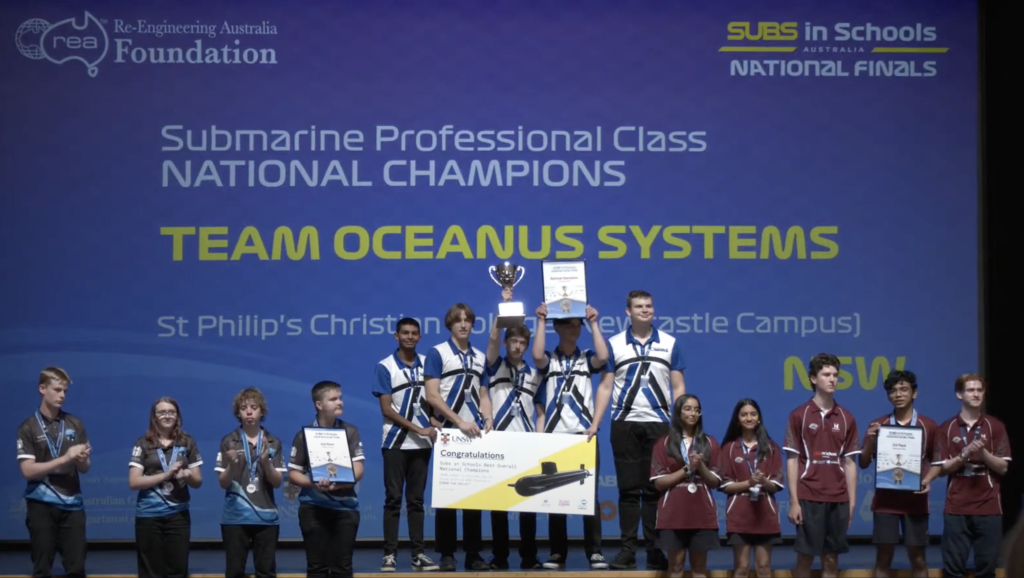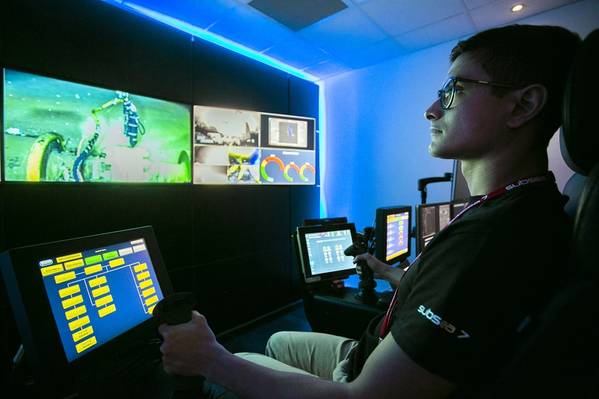The Department of Primary Industries and Sustainable Development has been using ROVs to conduct marine invertebrate surveys in Western Australia:
“Utilising the ROVs rather than having divers in the water is about personal safety for our researchers to avoid potential injury from hazardous marine life in the Kimberley waters, including crocodiles, sharks and lethal box and irukandji jellyfish,” [DPIRD Principal Research Scientist Lachlan Strain from the Aquatic Science and Assessment branch] said.
https://www.wa.gov.au/government/announcements/catching-sea-cucumbers-camera-helps-vital-research

Full announcement at: WA.gov.au 20mar24







